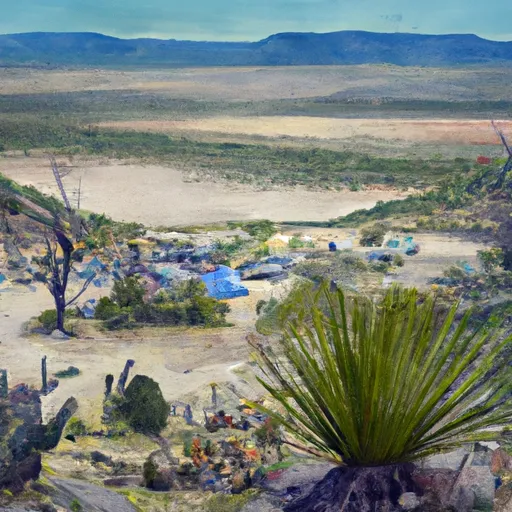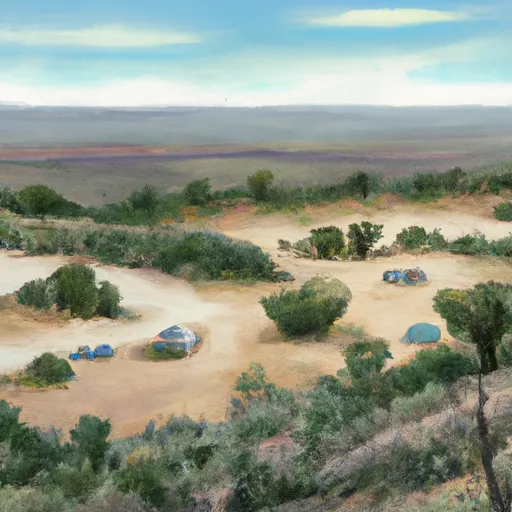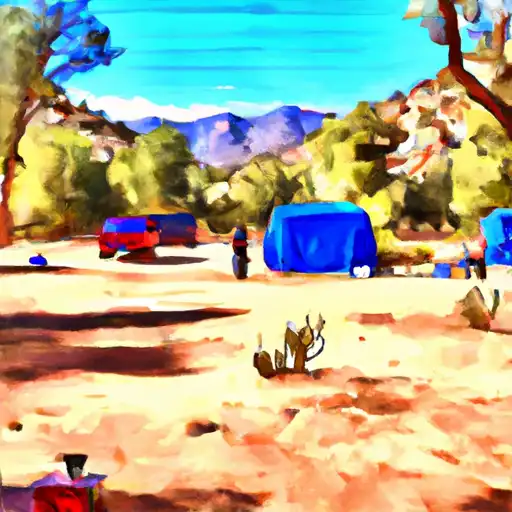Summary
Summers are very hot, with temperatures often exceeding 100 degrees Fahrenheit, while winters are mild and pleasant, with temperatures ranging from the 60s to the 70s. Monsoon season occurs during the summer months, bringing short but intense rainfall.
The hydrology of Tucson is primarily influenced by the Santa Cruz River and its tributaries. However, due to extensive groundwater pumping for agriculture and urban development, the river is often dry. The city heavily relies on an underground aquifer system called the Tucson Basin, which provides water for the area.
Tucson offers various outdoor recreation opportunities. The city is surrounded by five mountain ranges, including the Santa Catalina Mountains and the Rincon Mountains, providing ample opportunities for hiking, rock climbing, and camping. The nearby Saguaro National Park is famous for its iconic saguaro cacti, while the Sabino Canyon Recreation Area offers scenic hikes and swimming opportunities. Additionally, Tucson is a popular destination for golfing, road biking, and bird-watching, as it boasts diverse bird species due to its location in the Sonoran Desert.
Weather Forecast
Tucson receives approximately 287mm of rain per year, with humidity levels near 47% and air temperatures averaging around 21°C. Tucson has a plant hardyness factor of 9, meaning plants and agriculture in this region tend to thrive here all year round.
Area Campgrounds
| Location | Reservations | Toilets |
|---|---|---|
 Agave Gulch Military
Agave Gulch Military
|
||
 Snyder Hill Dispersed
Snyder Hill Dispersed
|
||
 Gilbert Ray
Gilbert Ray
|

 Five Points Park
Five Points Park
 San Augustine Plaza Park
San Augustine Plaza Park
 El Presidio Park
El Presidio Park
 Ironhorse Park
Ironhorse Park
 Garden Of Gethsemane
Garden Of Gethsemane